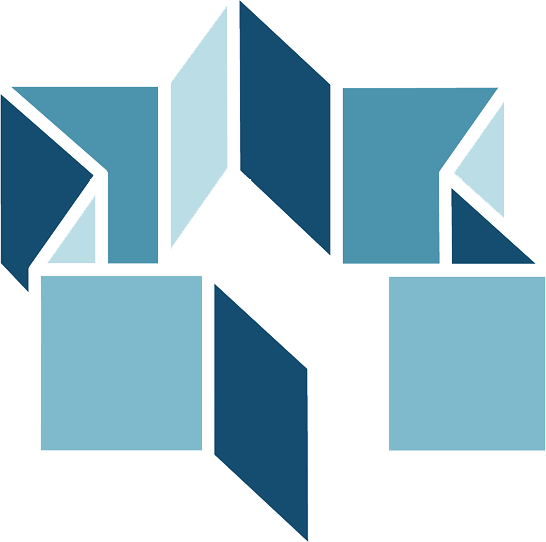STORY OF THE MONTH |
← |
Published: 2018-10-04
KONSTANTINAS JABLONSKIS
(1892–1960)
(1892–1960)

Konstantinas Jablonskis with his daughters in Kačerginė in 1944: on his right –
Rimutė Jablonskytė (Rimantienė), on his left – Jūratė Jablonskytė (Umbrasienė).
Photograph from the personal archive of Rimutė Jablonskytė-Rimantienė.
Rimutė Jablonskytė (Rimantienė), on his left – Jūratė Jablonskytė (Umbrasienė).
Photograph from the personal archive of Rimutė Jablonskytė-Rimantienė.
Before the liquidation of the Vilna Ghetto, Mira Rolnikaitė escaped from it and ended up in the forced labour camp for Jews HKP on Subačiaus Street. Mira hoped to escape again, to find a reliable hideout and to get her mother Taibė Rolnikienė and her sister Maša with her younger brother Ruvik and little sister Raječka out of the ghetto. She managed to make contact with her former gymnasium teacher Henrikas Jonaitis, but he was not able to hide them in his own home. Nevertheless, he helped to look for people who could help. In the meantime, Mira wrote a letter to her father’s colleague and her mother’s old acquaintance Ona Kairienė, a lawyer in Kaunas. Mrs Kairienė understood perfectly well that it would be fatal for Mira to travel to Kaunas and contacted a number of her good acquaintances in Vilnius looking for help. Soon Jonaitis handed Mrs Kairienė’s letter to Mira with a recommendation ‘to get in touch with Professor Jablonskis as soon as possible’. Professor Konstantinas Jablonskis knew that his colleague and acquaintance Juozas Stakauskas, director of Vilnius State Archive and a priest, with his like-minded colleague teacher Vladas Žemaitis had a hideout concealed in the archive building located on Šv. Ignoto St. 5, where they were hiding 11 Jews. Jablonskis agreed with Stakauskas that the latter would take Mira to the hideout, but they had to wait for a while, because Jablonskis suspected that he was being watched. Even though Mira had found a hideout, she still had to escape from HKP. Mira and several other girls used to be taken to the municipal building to clean premises after renovation. There one official named Savickas tended to chat to the girls and sometimes would even berate Hitler. One day he even told them his own address. When Pranas Savickas was arrested and taken to Pravieniškės prison for anti-Nazi speech, he asked his wife to help Mira. Mrs Savickienė had Mira staying at her place for a couple of days. Later Jonaitis took Mira from Mrs Savickienė’s place and walked her to a temporary place to stay overnight, following the instruction of Professor Jablonskis. From there Jablonskis accompanied Mira to the hideout on Šv. Ignoto Street, where Mira stayed till the liberation.
Professor Konstantinas Jablonskis did all he could to get Berta Jafertienė out of the Kaunas Ghetto and thus save her and help her son Tobijas, whose mother together with Kotryna Katinskaitė and Onytė Katinskaitė (Doveikienė) organised the child’s escape from the Kaunas Ghetto. Tobijas was taken to Vilnius to hide at Onytė’s parents, Juozas and Marija Katinskas who lived on Kaštonų Street. It was there that Professor Jablonskis visited Tobijas, handed over to him some clothes and assured the boy that his mother would soon be with him. While working at the archive, Professor Jablonskis found a passport of a Polish lady who looked very much like Berta and secretly handed it over to her in the hope that she would be able to leave the Kaunas Ghetto with this document in her hands. The guard at the gate of the Kaunas Ghetto, who had been bribed, allowed Berta Jafertienė to leave the ghetto, but shot her in the back as she walked away.
During the liquidation of the Vilnius Ghetto Mira’s sister Maša Rolnikaitė was deported to a concentration camp. During the prisoner selection process which was held in the courtyard of Misionierių Church, her mother Taibė Rolnikienė, brother Ruvik and sister Rajytė were pushed to the side of those condemned to death and nobody ever saw them again.
Professor Konstantinas Jablonskis – the oldest of the five children in the family of linguist Jonas Jablonskis – was a lawyer and a law historian who contributed to the field of Lithuanian history greatly. His most significant work was Historical Archive. Volume I: Inventories of the 16th Century. Kaunas, 1934.
Prepared by Jovita Stundžiaitė-Olšauskienė,
museology specialist of the Department for Commemoration of Rescuers of Jews at the Vilna Gaon State Jewish Museum.
museology specialist of the Department for Commemoration of Rescuers of Jews at the Vilna Gaon State Jewish Museum.
| ↑ | ← |
